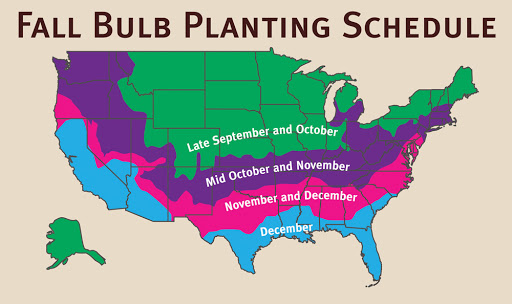A.D.R. is, by far, my favorite bulb company. Top quality products at a fair price and the best customer service out there.
Chris, I speak nothing but the truth. A.D.R. IS my favorite bulb company and I've never ever had even the smallest problem that A.D.R. hasn't taken care of to my complete satisfaction.
Bonnie Pega
, The Great Big Greenhouse
« Previous Plant | Next Plant »
Tulipa Bunch Flowering 'Flaming Club'
Tulip
Flaming Club is a Multi-Flowering Tulip, producing five or more blooms per stem for a dramatic bouquet effect. Its petals display a unique blend of fuchsia, red, and white, with each flower exhibiting a slightly different pattern. Growing 14 to 22 inches tall, it thrives in full sun and well-drained soil, making it an excellent choice for borders, containers, and cut arrangements.
Flaming Club is a sport of Candy Club, introducing deeper red tones and more pronounced color variation.
Tulipa Calculator
When should I plant Tulipa Bunch Flowering 'Flaming Club'?

Growing and Maintenance Tips for Tulipa Bunch Flowering 'Flaming Club'
Planting: Plant in fall when soil temperatures drop below 55°F. Set bulbs 6 inches deep with the pointed end up.
Spacing: Space 4 to 6 inches apart. For a fuller look, plant in tight clusters.
Light: Full sun is best. They’ll tolerate light shade but bloom more prolifically with 6+ hours of sunlight.
Soil: Well-drained, neutral to slightly acidic soil (pH 6–7). Avoid soggy spots to prevent rot.
Watering: Water after planting to settle the soil. No need to water again until spring unless conditions are very dry.
Temperature & Dormancy: Require 12–16 weeks of cold (below 50°F) to root and bloom properly.
Fertilization: Apply a balanced bulb fertilizer at planting and again as shoots emerge in spring.
Pests: Generally pest-free. Use mulch or screening to deter squirrels. Good drainage prevents rot. Deer will eat the flower buds or emerging foliage, especially in early spring. Protect with fencing or repellents in high-pressure areas.
Disease: To reduce the risk of Botrytis (Tulip Fire), plant only healthy bulbs in sunny, well-drained soil with ample air circulation. Avoid overhead watering, and promptly remove and destroy any infected plant material—never compost it. Rotate planting locations every few years, and if Botrytis has been present, avoid replanting tulips in the same spot for at least three years.





Check back soon for additional details.